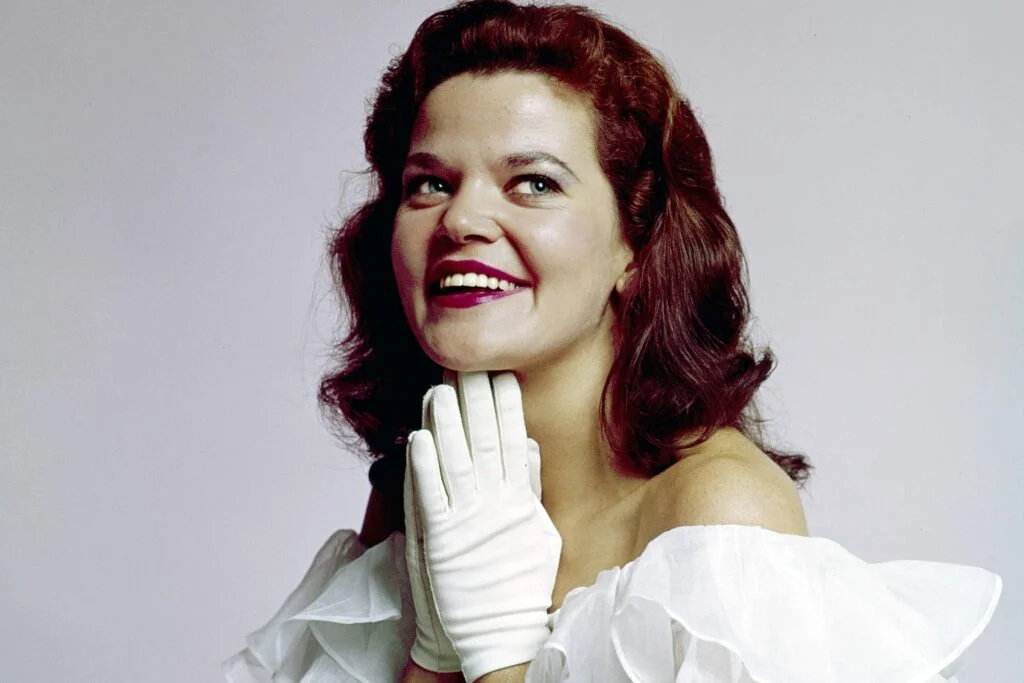Remember when movies had those unforgettable faces in the background—the ones who made you lean forward in your theater seat and whisper “Hey, it’s that guy!” to whoever was sitting next to you? Back in the groovy seventies, Hollywood was packed with character actors who could turn a five-minute scene into the most memorable part of any film. These weren’t your typical leading men and women, but they had something even better: the ability to make every single moment count.
1. Charles Durning
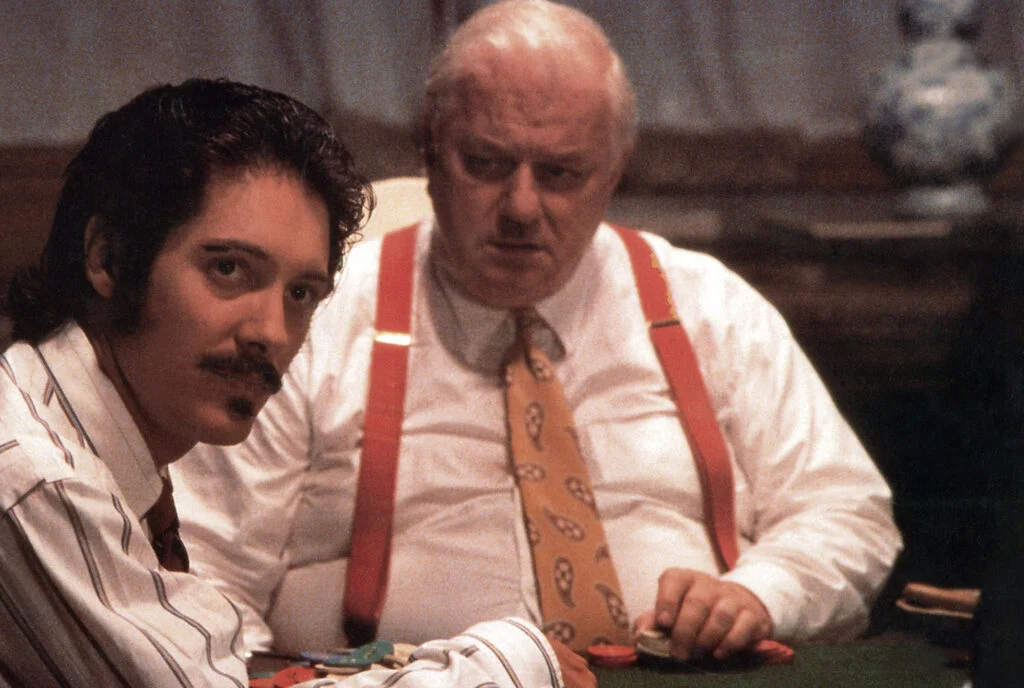
Charles Durning had the kind of face that told a thousand stories before he even opened his mouth, with those twinkling eyes that could shift from kindly grandfather to menacing villain in a heartbeat. Whether he was playing the bumbling police chief in “The Sting” (1973) or the corrupt Lieutenant Snyder in “Dog Day Afternoon” (1975), Durning brought a lived-in authenticity that made every character feel like someone you might actually know. His pudgy frame and rumpled appearance made him the perfect everyman, yet he could command a scene with the best of them. AARP Blogs celebrates him as the quintessential character actor, and offers some trivia.
You could always count on Durning to bring depth to what might have been throwaway roles, turning bit parts into rich character studies that stayed with you long after the credits rolled. His work in “The Best Little Whorehouse in Texas” (1982) earned him an Oscar nomination, but by then, those of us who’d been watching knew he’d been stealing scenes for years. There was something comforting about seeing his familiar face pop up in films—like running into an old friend who always had a great story to tell.
2. Strother Martin

With his wiry frame, distinctive drawl, and that unforgettable line “What we’ve got here is failure to communicate” from “Cool Hand Luke” (1967), Strother Martin became the go-to guy for memorable authority figures throughout the seventies. His Captain in that Paul Newman classic was just the beginning—Martin went on to play a string of petty tyrants, con men, and eccentrics who brought both menace and dark humor to every scene. He had this uncanny ability to make you simultaneously laugh at and fear his characters, often within the same breath. Movie Star History offers an overview of both his fascinating life and his most memorable quotes.
Martin’s collaborations with director George Roy Hill, including “Butch Cassidy and the Sundance Kid” (1969) and “Slap Shot” (1977), showcased his range from Western villain to hockey team owner. His nasal voice and nervous energy made him instantly recognizable, and screenwriters seemed to write parts specifically with his quirky delivery in mind. Even when he was playing the heavy, there was something almost sympathetic about Martin’s characters—probably because he understood that every villain thinks he’s the hero of his own story.
3. Eileen Brennan
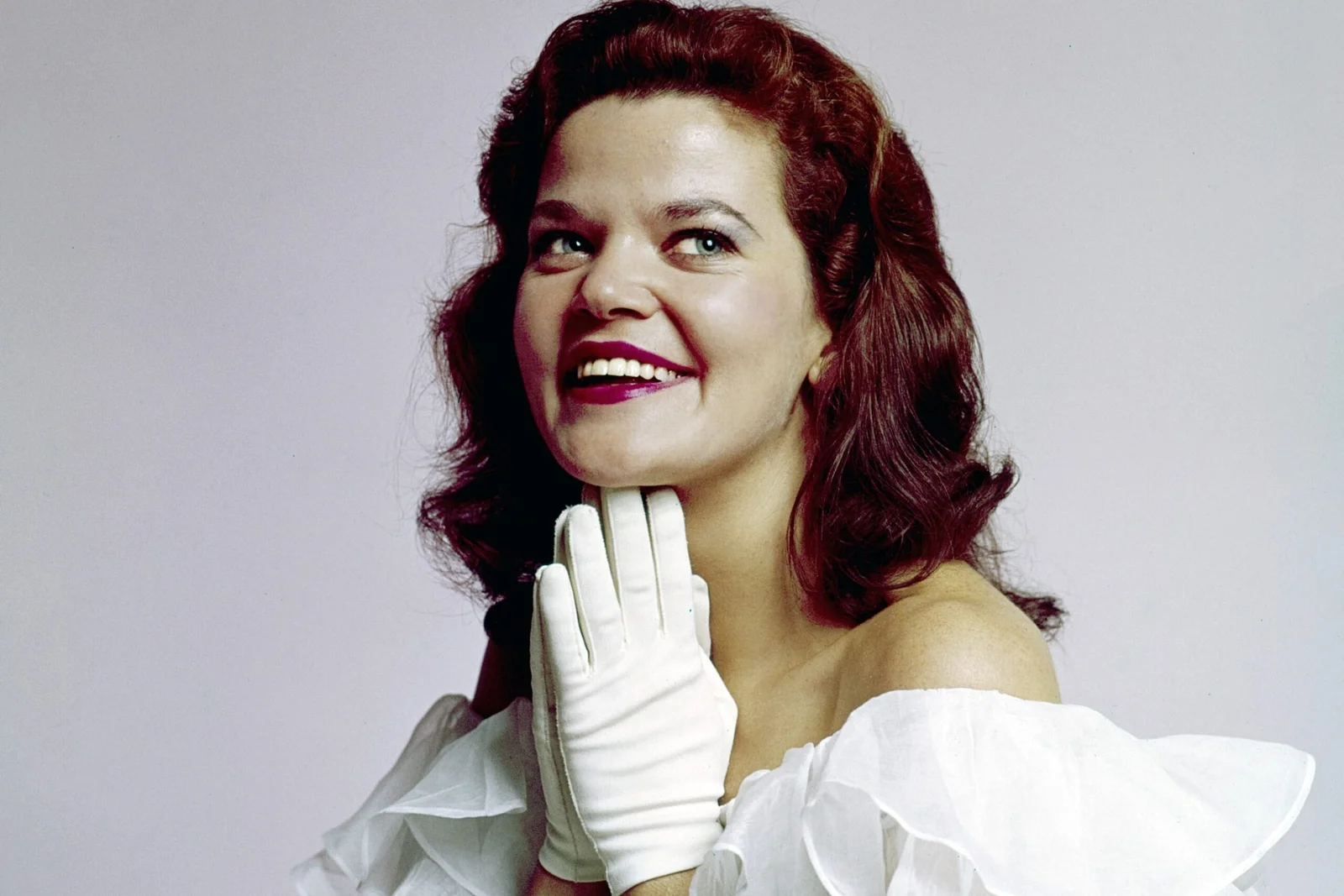
Eileen Brennan had that rare gift of being able to play both the girl next door and the tough broad, often in the same film, with her expressive face and perfectly timed comedic delivery. Her breakout role as Stella in “The Last Picture Show” (1971) showed her dramatic chops, but it was her scene-stealing turn as the sardonic army captain in “Private Benjamin” (1980) that really put her on the map. Brennan could deliver a cutting one-liner with surgical precision, making every barb feel both hilarious and oddly affectionate. The Guardian also puts a spotlight on her strong presence in the comedy scene.
What made Brennan special was her ability to find the humanity in even the most seemingly heartless characters, whether she was playing a sharp-tongued military officer or a world-weary diner waitress. Her distinctive voice—part sandpaper, part honey—could shift from nurturing to cutting without missing a beat. Directors knew they could count on her to elevate any supporting role, which is why she kept showing up in everything from screwball comedies to serious dramas throughout the decade.
4. M. Emmet Walsh

M. Emmet Walsh looked like someone’s uncle who might fix your carburetor and then lecture you about life, but put him in front of a camera and he became one of the most reliably entertaining character actors of his generation. His hangdog expression and Missouri drawl made him perfect for playing everything from corrupt cops to small-town eccentrics, and he brought a sense of authenticity to every role that made even the most outlandish characters believable. Walsh had this way of making you feel like you were watching real people rather than actors playing parts.
His memorable turn as the sleazy private detective in “Blood Simple” (1984) came just as the seventies were ending, but throughout the decade he’d been building his reputation in films like “Alice’s Restaurant” (1969) and “Slap Shot” (1977). Walsh understood that character acting wasn’t about showing off—it was about serving the story and making every moment count. He never seemed to be trying too hard, which made his performances feel effortless and natural, like he’d just wandered onto the set from real life.
5. Ruth Gordon
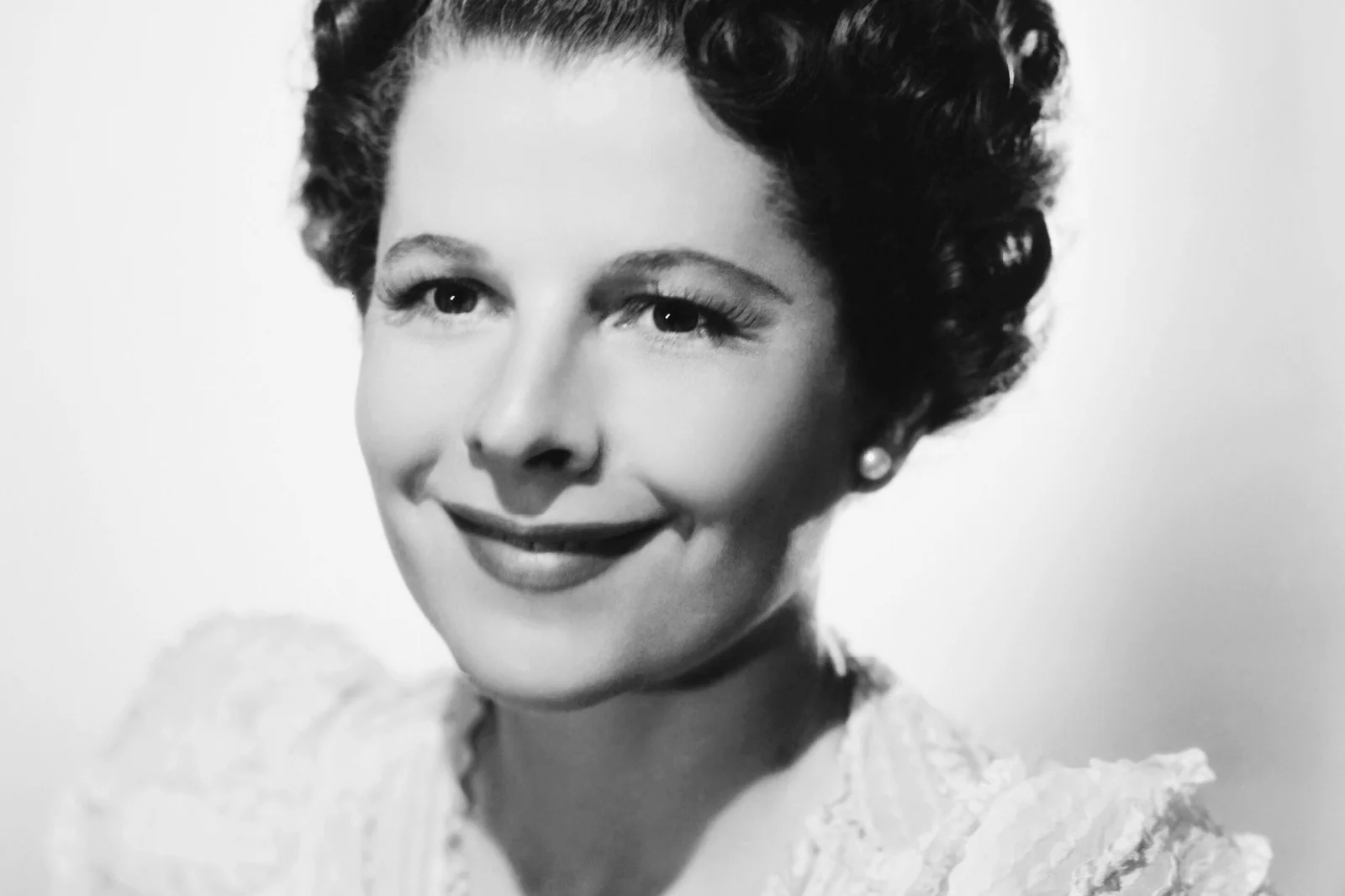
At an age when most actresses were being pushed aside for younger faces, Ruth Gordon was just hitting her stride as one of Hollywood’s most delightfully unpredictable character actresses. Her tiny frame and twinkling eyes made her look like everyone’s sweet grandmother, but she specialized in playing characters who were anything but conventional—from the eccentric neighbor in “Rosemary’s Baby” (1968) to the cat-obsessed romantic in “Harold and Maude” (1971). Gordon proved that age was just a number when it came to stealing scenes and breaking hearts.
What made Gordon so compelling was her refusal to play elderly characters as fragile or pitiful—her women were vibrant, opinionated, and unapologetically themselves. She brought a mischievous energy to every role that suggested a lifetime of accumulated wisdom and just enough rebelliousness to keep things interesting. Gordon’s performances reminded audiences that growing older didn’t mean becoming invisible, and her characters lived life on their own terms right up until the final frame.
6. Warren Oates
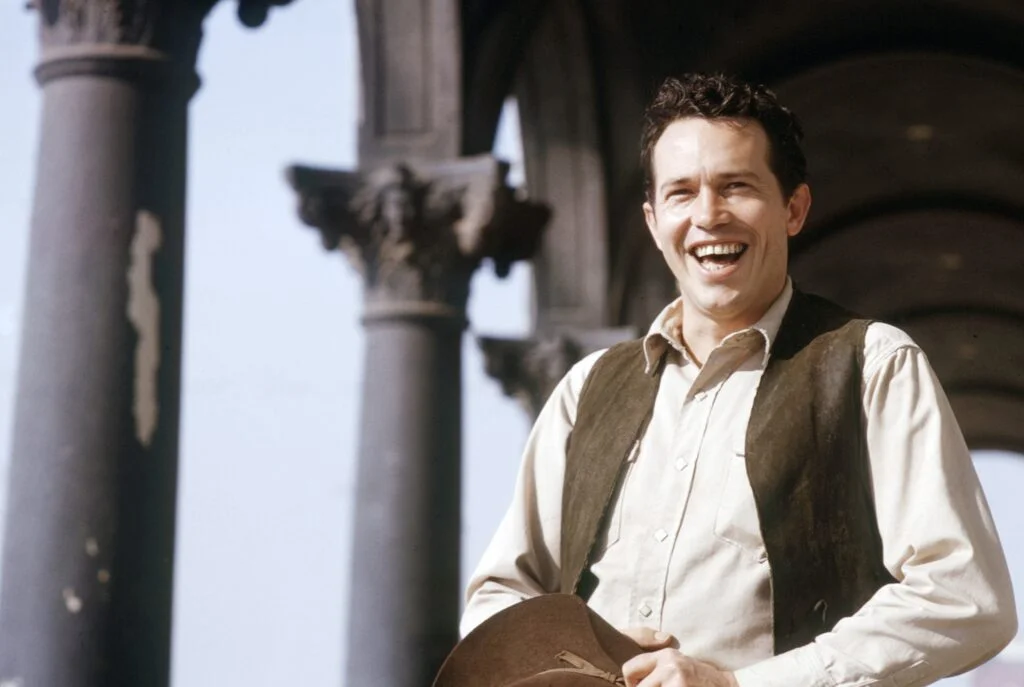
Warren Oates had the kind of rugged, weathered face that looked like it had been carved from the same rocks where Westerns were filmed, and his intense, slightly unsettling presence made him unforgettable in even the smallest roles. Whether he was playing a psychotic soldier in “Stripes” (1981) or a determined lawman in “Bring Me the Head of Alfredo Garcia” (1974), Oates brought an unpredictable energy that kept audiences on edge. His deep voice and penetrating stare could make even casual conversation feel loaded with meaning and potential danger.
What set Oates apart was his ability to find the humanity in characters who might have been simple villains in less capable hands, bringing complexity and even sympathy to men who lived on society’s fringes. His collaborations with director Sam Peckinpah, including “The Wild Bunch” (1969), showcased his talent for playing men caught between changing times and unchanging codes of honor. Oates understood that the most interesting characters were often the ones struggling with internal conflicts, and he made those struggles visible in every line on his weathered face.
7. Cloris Leachman
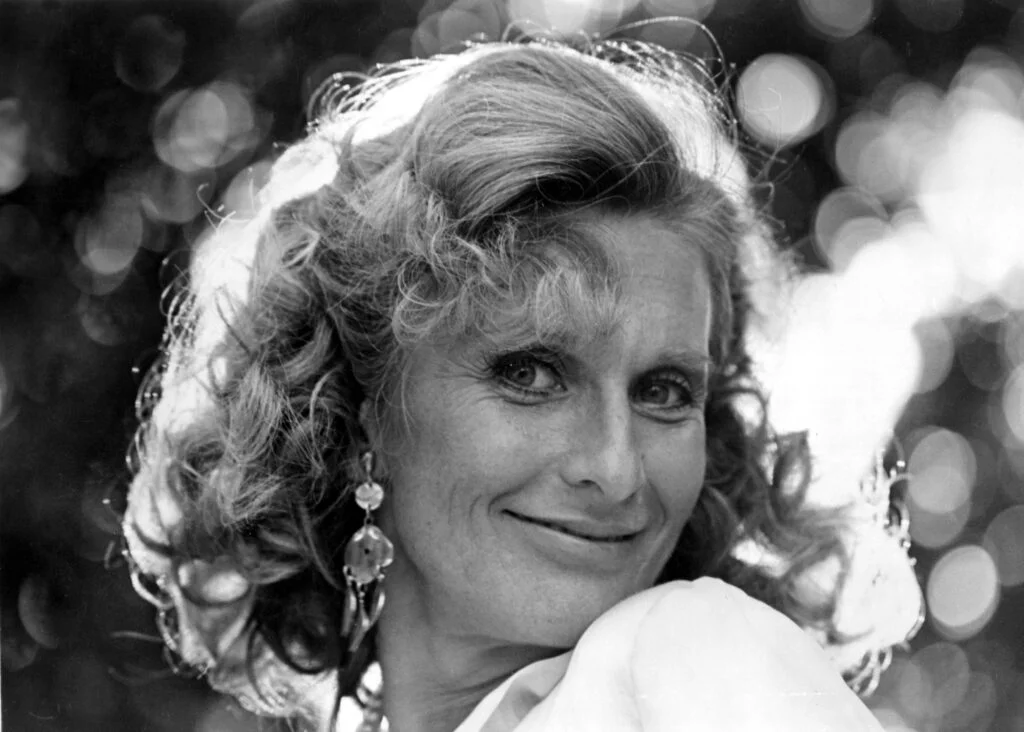
Fresh off her iconic role as Phyllis on “The Mary Tyler Moore Show,” Cloris Leachman was already a household name, but her film work in the seventies showed a completely different side of her considerable talents. Her Oscar-winning performance as the lonely housewife in “The Last Picture Show” (1971) revealed dramatic depths that surprised audiences who knew her primarily as a comedic actress. Leachman had this remarkable ability to shift between vulnerability and strength, often within the same scene, making her characters feel genuinely three-dimensional.
What made Leachman so effective was her fearlessness in playing women who weren’t always likable but were always human, whether she was portraying a frustrated mother or a woman grappling with her desires and disappointments. Her expressive face could convey volumes without saying a word, and she brought an emotional honesty to her roles that made even brief appearances memorable. Directors knew they could trust her to find the truth in any character, no matter how small the part or limited the screen time.
8. Harry Dean Stanton
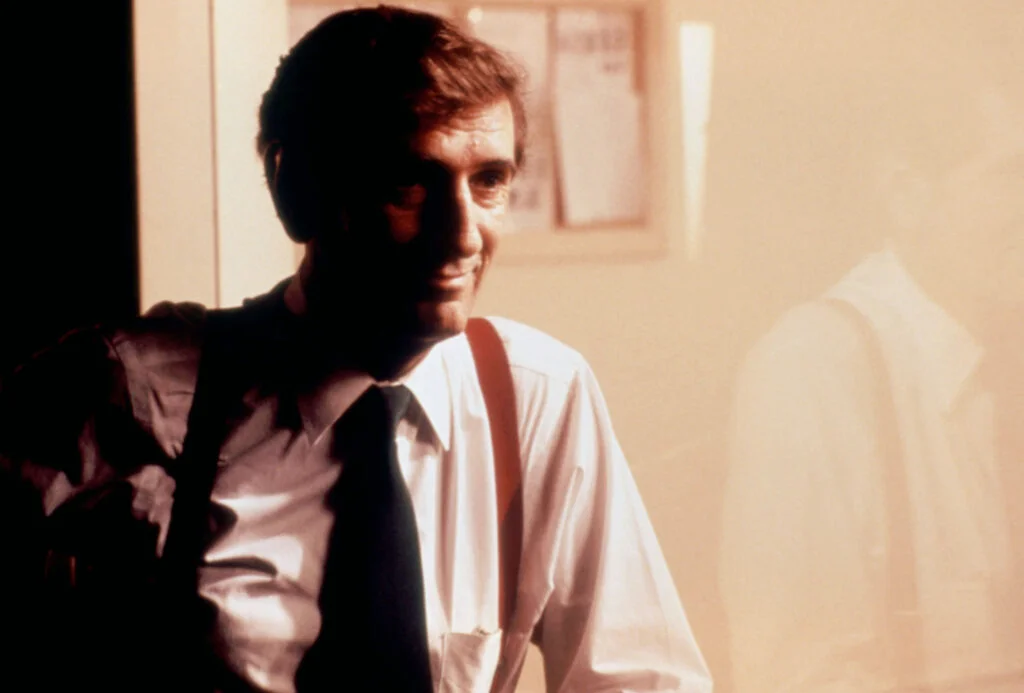
Harry Dean Stanton looked like he’d been born knowing all of life’s disappointments, with his gaunt frame and haunted eyes that seemed to have seen everything and forgiven most of it. His distinctive voice, gravelly from years of cigarettes and late nights, made every line of dialogue sound like hard-won wisdom delivered from the bottom of a whiskey glass. Whether he was playing a drifter, a criminal, or just a guy trying to get by, Stanton brought an authenticity that made you believe he’d actually lived the life his character was pretending to have.
What made Stanton so compelling was his ability to convey entire lifetimes of experience in just a few moments of screen time, making even the smallest roles feel significant and memorable. His work in films like “The Godfather Part II” (1974) and “Alien” (1979) showed his range, but it was his consistent ability to make every character feel like a real person that kept directors calling. Stanton never seemed to be acting—he just seemed to be existing, which made his performances feel effortless and genuine.
9. Madeline Kahn
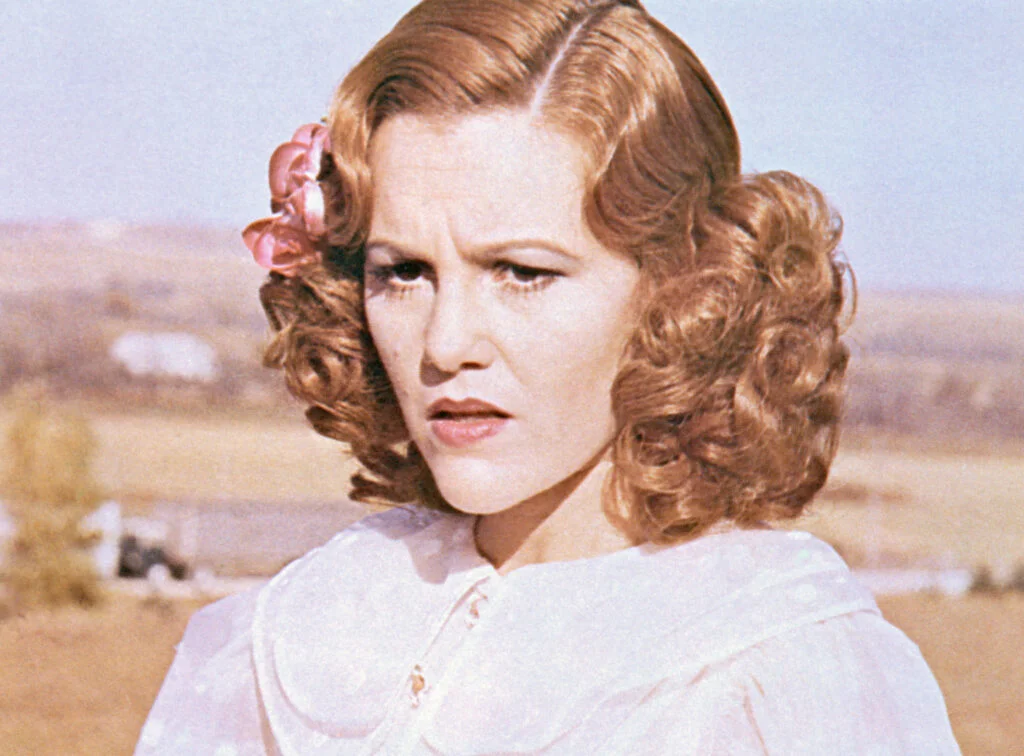
Madeline Kahn could make you laugh until your sides hurt with just a raised eyebrow or a perfectly timed pause, bringing a theatrical sensibility to film comedy that felt both sophisticated and utterly silly. Her work in Mel Brooks films like “Blazing Saddles” (1974) and “Young Frankenstein” (1974) showcased her gift for physical comedy and impeccable timing, but she was equally adept at playing more subtle, nuanced characters. Kahn had this wonderful ability to find the absurdity in everyday situations while never making her characters seem like caricatures.
What set Kahn apart was her intelligence and versatility—she could go from singing a sultry torch song to delivering rapid-fire wisecracks without missing a beat. Her background in musical theater gave her performances a polished quality that elevated even the most ridiculous material, and her distinctive voice could make the most ordinary line sound hilarious. Directors loved working with her because she brought creativity and spontaneity to every role, often improvising moments that became the most memorable parts of entire films.
10. John Cazale
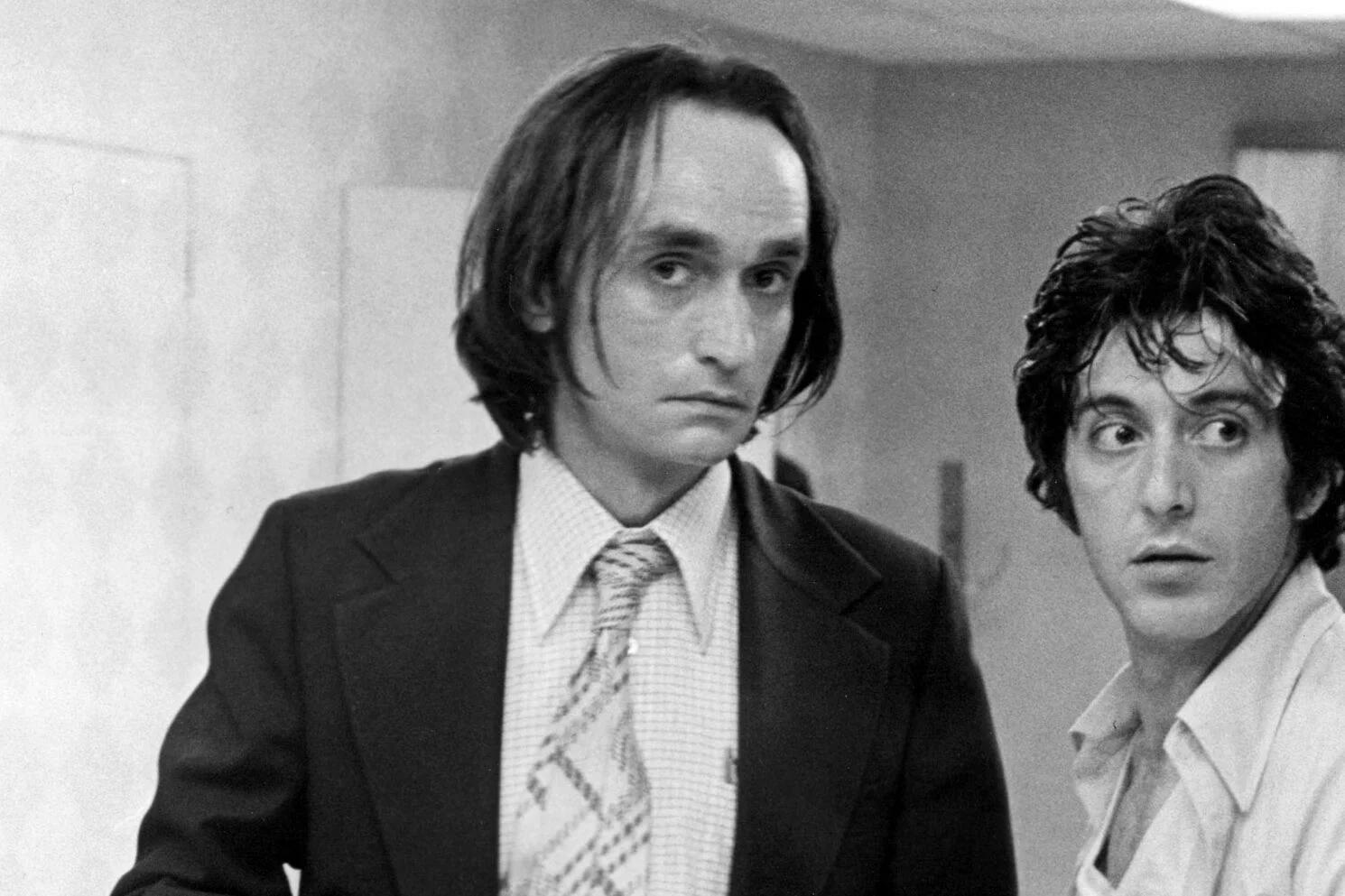
In a tragically short career that lasted only five films, John Cazale proved that you don’t need leading man looks or top billing to create unforgettable characters that stay with audiences forever. His portrayal of Fredo Corleone in “The Godfather” films (1972, 1974) and his heartbreaking performance as Sal in “Dog Day Afternoon” (1975) showed an actor who understood that the most powerful moments often come from vulnerability rather than strength. Cazale had this incredible ability to make you care deeply about characters who were fundamentally flawed and often making terrible decisions.
What made Cazale extraordinary was his commitment to finding the emotional truth in every scene, no matter how small his role might have been in the overall story. His work alongside Al Pacino and Robert De Niro proved he could more than hold his own with the biggest stars of his generation, bringing a naturalistic style that made his characters feel completely authentic. Though his career was cut short by illness, Cazale’s influence on film acting continues to this day, proving that true talent transcends the size of the role or the length of the career.
Those were the days when character actors were the secret sauce that made movies memorable, weren’t they? These performers understood that every role, no matter how small, was an opportunity to create something special—a moment, a line, a look that would stick with audiences long after they’d forgotten the main plot. They remind us that sometimes the most powerful performances come not from the people at the center of the story, but from those wonderful faces in the margins who made every scene they touched a little bit richer and a lot more human.

